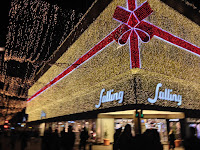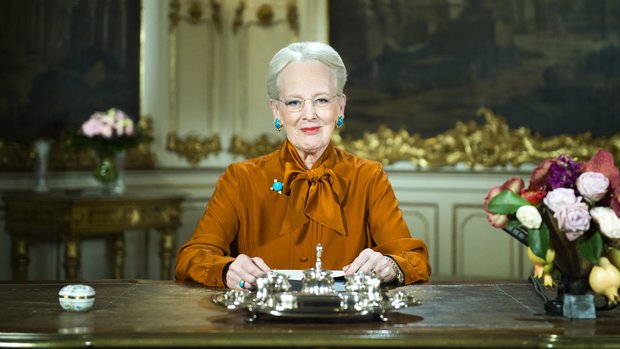Something that couldn't let aside is one of the most tense, but cool moments of the exchange: changing families. As said before, I only have two host families, opposed to the three that most have, because the other "possible" host families weren't totally able to have me over. But anyways, I love both my host families and maybe having two makes my ties with thm even stronger!
 |
| The beginning of the road I used to live |
 |
| Lion sculpture at the village's entrance |
I've lived on my first host family from 21/08 até 08/01, and the dau I moved was also when 5 months were done! I lived at a farm, 6km/3,7mi north of Billund, and in the morning a 10-min bicycle ride was needed to reach the bus stop, a rather tiring experience but different at the same time, and it helped in waking up :D and as I only live with my mom in Brazil, it was quite amazing for me to live with a couple plus three kids out of their five, where one lives in Aalborg where he goes to uni and the other in New Zealand (!!!), and I tried to help all the time with daily chores and even with the special things that were done there, like stacking firewood for warming up the house, killing chickens, removing hair from pigs and cleaning their spaces (interpret it as you want), and even though all of that sounds a bit weird, it was really great to be a part of that, because I may not be able to do those things back in Brazil!
But, for sure, the worst part about changing families is that it also means that my exchange is halfway done :/ though it also means that more doors will open to more experiences and I'm looking forward to them :D








